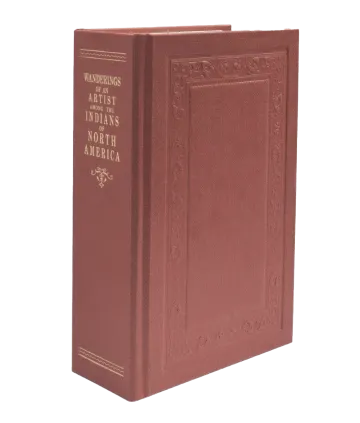Wanderings of an Artist Among The Indians of North America

Wanderings of an Artist Among The Indians of North America
-
Categories
Art & Culture
-
Publisher
ROM
- Publication Year 2016
-
Size
5.5" x 8.6"
-
Pages
720
-
Format
Hard Cover
-
ISBN
978-0-88854-507-7
-
Price
$39.99
- Author
About the Book
Canadian artist, Paul Kane (1810–1871), journeyed between Toronto and the Pacific coast in the late 1840s to illustrate the customs of indigenous peoples and “to represent the scenery of an almost unknown country.” The narrative of the artist’s years of travel was published in 1859 and it enjoyed immediate recognition by audiences hungry for information about North America’s Aboriginal peoples.
To Kane’s disappointment though, the book was limited to twenty-one images and fell short of his desire for a fully-illustrated account. Although pleased with the book’s positive reception, for Kane it represented an unfulfilled dream and lead to his longing for a future edition with “a much more extensive series of illustrations.” The Royal Ontario Museum’s edition of Wanderings of an Artist brings together for the first time Kane’s narrative with the complete complement of images he painted to illustrate his story and experiences.
Nearly 156 years later, this edition will realize the artist’s ambition and provide readers with the full and complete illustrated account of Kane’s travels during the final years of the fur-trade period.